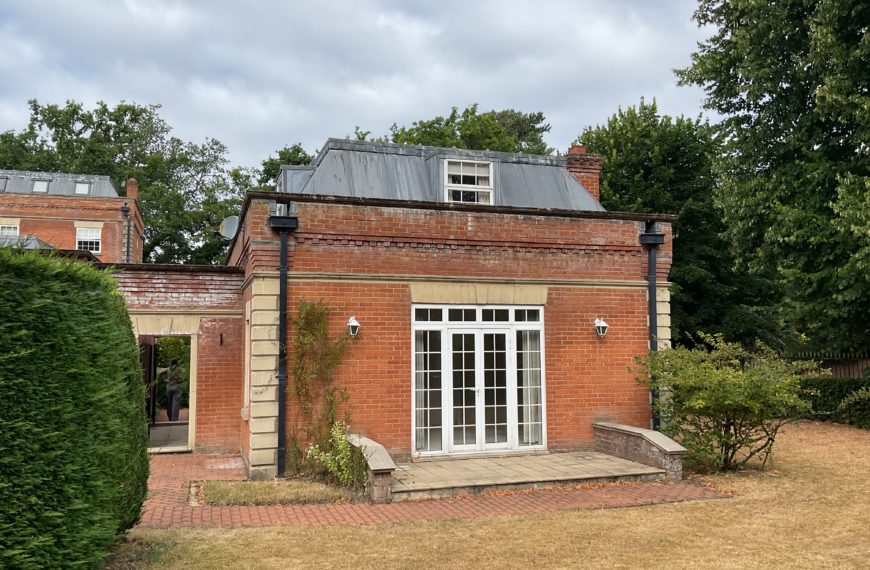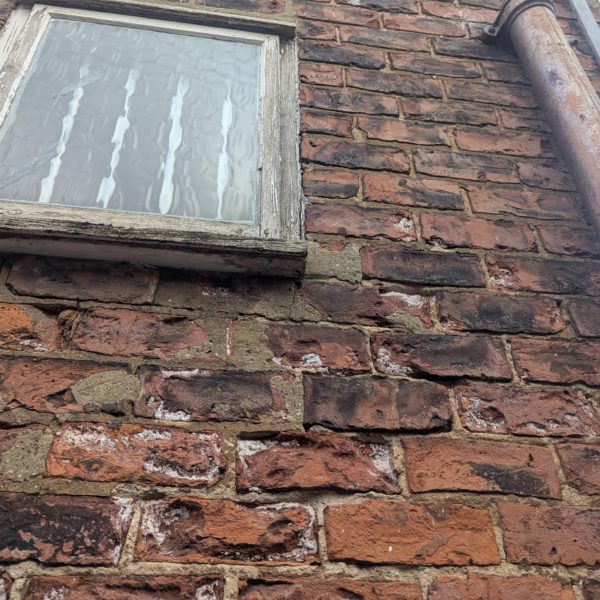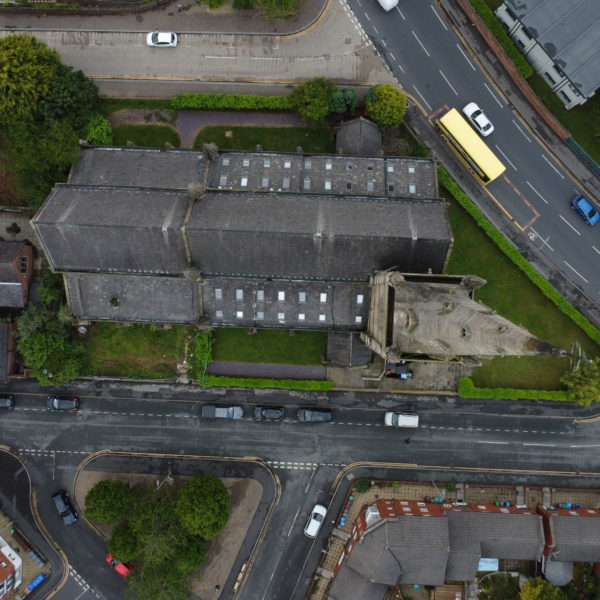Introduction
Buying a home in Rugby, or local towns like Coventry, Leicester, and Northampton, is exciting, but common survey missteps can quickly turn excitement into stress. As chartered building surveyors serving Rugby and nearby areas, we’ve pinpointed the top five pitfalls buyers encounter and how to avoid them. Here’s how to protect your investment from the outset.
Speak to a member of the team
1. Assuming a Mortgage Valuation Covers Everything
Many buyers mistakenly believe that a lender’s valuation is the same as a building survey. It isn’t. Valuations focus solely on the property’s worth to the lender, not its condition. Without a proper survey, such as a RICS Level 2 HomeBuyer Report or a full Level 3 Structural Survey for older buildings, you may overlook issues like hidden damp, subsidence, or roof deterioration. Avoid this costly oversight by commissioning a thorough survey first.
2. Overlooking Red Flags in Structural and Legal Features
In towns like Hinckley or Market Harborough, traditional architecture often comes with unique quirks, stone-slate roofs, old extensions, or boundary anomalies. Buyers frequently miss signs of:
- Unauthorised additions
- Cracks near windows or ceilings indicating structural movement
- Damp or rising moisture
- Legal or boundary disputes
A detailed survey will flag these early, helping you plan or negotiate wisely.
Calculate your house survey cost3. Being Distracted by Curb Appeal
Local buyers in scenic Rugby neighbourhoods, Maple Estate, Overslade, or Brownsover can often be swayed by attractive décor or staging. Yet research shows that people focus more on art or soft furnishings than structural elements like wiring, damp spots, or heating systems. Stay focused, schedule a viewing with your surveyor or tour twice, and always prioritize substance over style.
4. Ignoring Survey Recommendations
It’s one thing to commission a survey; it’s another to heed its advice. A buyer in Leamington Spa, for example, ignored minor damp warnings. Months later, mold spread, leading to thousands in remedial work—a reminder that ignoring red flags is both risky and expensive. Always categorize issues as urgent versus cosmetic and seek tenant quotes promptly.
5. Neglecting Drainage and Pest Risks
A Rugby buyer recently uncovered a hidden rat issue after unexpectedly costly sewer damage. Drainage failures, or missed CCTV drain inspections, can mask rodents and structural problems. Common issues include tree-root intrusions, cracked or misaligned pipes, and pest ingress. A CCTV drainage survey often reveals these hidden defects, saving you money and health risks down the line.
Use Survey Findings to Boost Your Negotiation Power
Discovered a leaking drain, asbestos, or structural crack? A robust survey report gives you leverage to renegotiate the price or have the seller fix the issue before completion. It’s a powerful move, providing both protection and savings.
Calculate your house survey costConclusion
To avoid survey pitfalls in Rugby or neighboring towns like Coventry, Leicester, or Northampton, remember:
- Don’t rely on lender valuations—get a proper survey
- Look beyond appearances—inspect for structural or legal issues
- Stay analytical—don’t be swayed by home staging
- Act promptly on survey warnings—especially on damp or subsidence
- Include drainage and pest risk checks (especially with older or rural properties)
Engage a RICS-accredited surveyor early for clarity, confidence, and control throughout your home-buying journey in Rugby.
Find out more about how we can helpFrequently Asked Questions (FAQs)
Q1. Why shouldn’t I rely solely on a mortgage valuation?
A mortgage valuation is conducted for the lender’s benefit—confirming the property’s value as suitable collateral—not for its condition. It won’t detect structural issues like subsidence, damp, or poor wiring. Commission a full HomeBuyer Report (Level 2) or a Building Survey (Level 3) to protect your investment.
Q2. What common structural or legal red flags occur in Rugby-area homes?
Local properties often feature hidden risks such as unauthorised extensions, boundary disputes, roof movement, or rising damp, especially with older or renovated homes. A detailed survey flags these early to avoid surprises later.
Q3. How can staging or décor distract from real issues?
Research shows that buyers often spend more time admiring furnishings than checking essential property elements like insulation or plumbing. It’s vital to focus on substance over style, and always cross-reference with a qualified surveyor.
Q4. The survey flagged minor issues—should I ignore them?
Absolutely not. Even minor faults, like a small damp patch, can escalate into major problems if left unchecked. Acting on survey findings early can save you thousands in future repairs.
Q5. Why is drainage and pest risk often missed by buyers?
Issues such as rat infestations or blocked drains can be hidden from view and cause structural or health hazards. A CCTV drainage inspection, especially for older properties, helps uncover such concealed defects before they become costly emergencies
Q6. Can survey findings help me negotiate the purchase price?
Yes. Detailed survey reports offer solid leverage. Whether negotiating a price reduction or requesting fixes pre-exchange, clearly quantified defects help substantiate any adjustment request and you gain credibility when figures are precise.








